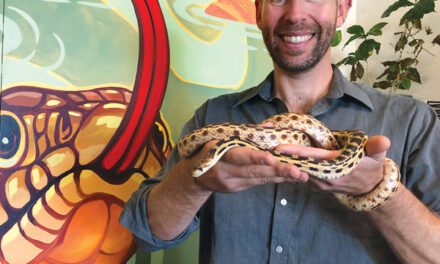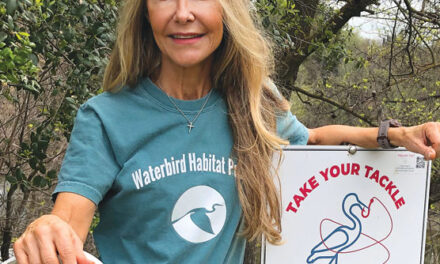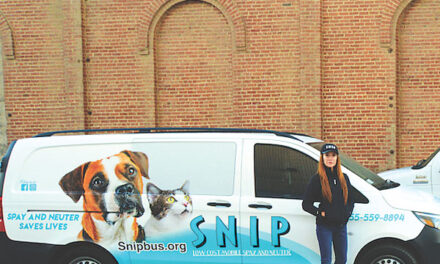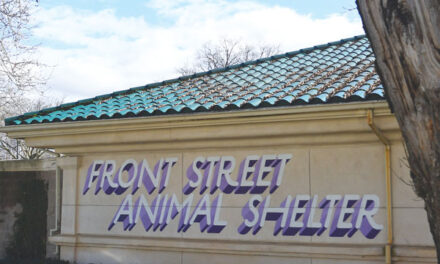Unaware they are trespassing on land owned by the Sacramento Kings, hundreds of snowy egrets and black-crowned night herons have taken up residence in a deserted oasis on the north side of Sleep Train Arena.
From a chain-link fence surrounding the grassland, the birds can be seen gliding among cement slabs and rebar, the foundation for a baseball stadium project led by Greg Lukenbill in the late 1980s that never came to fruition.
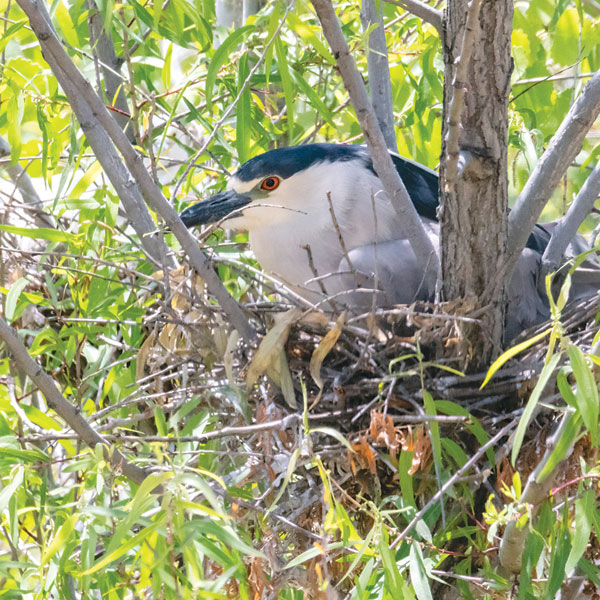
Because of the high water table in North Natomas, the excavated stadium filled in over the years with a pond, trees and other foliage, creating an inviting wetland habitat.
This is nesting season—April to August—for the long-legged waterfowl who have set up a rookery for their young at the defunct site. As many as 500 nests are safely perched high within a 5-acre grove of cottonwood trees and the “Sleep Train Arena Pond” of this still undeveloped piece of land.
“Still undeveloped” is the key phrase here. This past October, the Kings presented a draft report to the Sacramento City Council outlining a vision to turn 183 acres, including the site of Sleep Train Arena, into a mixed-use residential and commercial development.
The 70-page “Natomas Arena Reuse Planned Unit Development” report makes no mention of the pond or rookery.
“The threat to these birds is that they plan to develop the area,” says Christy Berger, president of Sacramento Heron and Egret Rescue. “The document that was released for the rezoning, what they showed, what they envision for the development, didn’t mention the pond at all.”
SHER is partnering with the Environmental Council of Sacramento and Habitat 2020 to work with the city on a design that would incorporate the Sleep Train Arena Pond into the Kings’ vision for the area.
“The ideas presented in the PUD completely ignore that there is a fully functioning aquatic resource (the Sleep Train Arena pond) in the Plan area that is currently providing habitat and nesting opportunities for hundreds of Waterfowl,” states SHER, ECOS and Habitat 2020 in a joint letter to the city.
If incorporated into the plan, “The pond would provide the area with a nature viewing experience that would serve as a recreational and educational opportunity,” the letter notes.
Berger co-founded SHER in 2015 while volunteering for the Sacramento Wildlife Care Association. “A lady who lived in an apartment complex in south Natomas was bringing us birds every single day—baby herons and egrets,” Berger says. “She was at her wits end because there were all these injured and dead birds.”
The chicks were falling out of the trees onto the cement, getting hit by cars, and suffering broken bones and abuse. “One day, she brought in a baby that had a stick jabbed into its back,” Berger recalls. “That’s what made us say, ‘OK, we have to do something.’
“We organized a group of volunteers to go out every day and pick up the injured babies—the ones that were too little to survive,” and move them to a rescue facility.
When nesting season was over, the apartment complex cut back the trees to discourage the birds from returning—an example of what could happen if the birds nesting at the Sleep Train Arena Pond are forced elsewhere.
“If this pond is eliminated, the over 1,000 herons and egrets that nest from April to August each year would very likely move to the surrounding neighborhoods to roost and nest, creating issues for residents and businesses,” states the joint letter. “This would also result in hundreds of injured baby birds each year that would greatly strain local wildlife rescues, which are doing the work that our local shelters would otherwise be dealing with.”

When the birds at the Natomas apartment complex were forced to go elsewhere, Berger, who works in the area, was on the lookout for where they might relocate. While out driving, she sighted a number of egrets flying overhead and followed them.
“Low and behold—they flew right toward Sleep Train Arena,” Berger says.
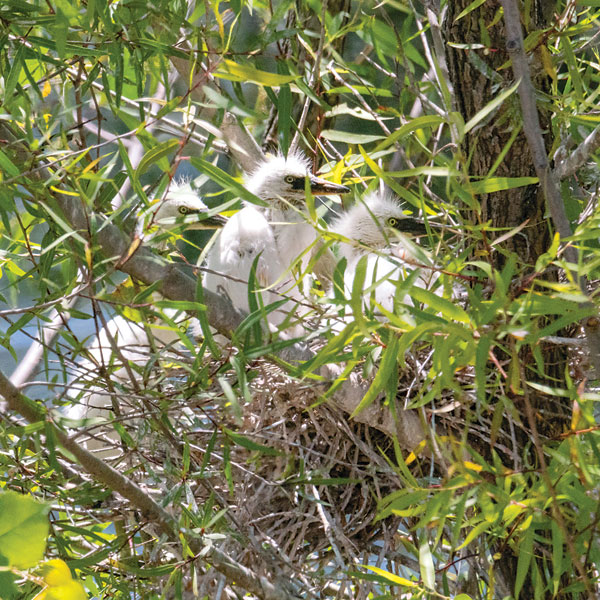
But it was difficult to see past the no-trespassing fence in the parking lot. “I needed someone with a drone to get footage.” Using the video footage and Google Maps, she discovered more than dry grass and bushes. “So many birds—it was just stunning,” she says.
By the end of December, the city had received more than 260 public comments on the Kings’ draft development plan, reports Berger. After reviewing the comments and making changes, the Kings are expected to release a final project plan this summer. The next step will be an environmental impact report.
Habitat 2020, which is the conservation committee of ECOS, is guiding SHER through the process with the city. “They are also helping with this next phase, the environmental impact review,” Berger says.
The arena pond is in city Councilmember Angelique Ashby’s district. “It is important that any proposal to redevelop the arena address the promises made to the community, as well as any habitat conservation that may need to be done,” Ashby says.
In addition to the commercial and residential development, there is talk about the Sacramento Zoo relocating to the area, which wouldn’t be all bad, according to Berger. “They wouldn’t be the first zoo to do that,” she says. There are two zoos—Smithsonian’s National Zoo in Washington, D.C., and Lincoln Park Zoo in Chicago—that have active heron nesting sites.
To view the drone footage of birds nesting at Sleep Train Arena Pond and learn more about the status of the proposed development, visit sacheronsave.org/arenasite or SHER’s Facebook page.
Cathryn Rakich can be reached at crakich@surewest.net. Follow us on Facebook, Twitter and Instagram: @insidesacramento.




